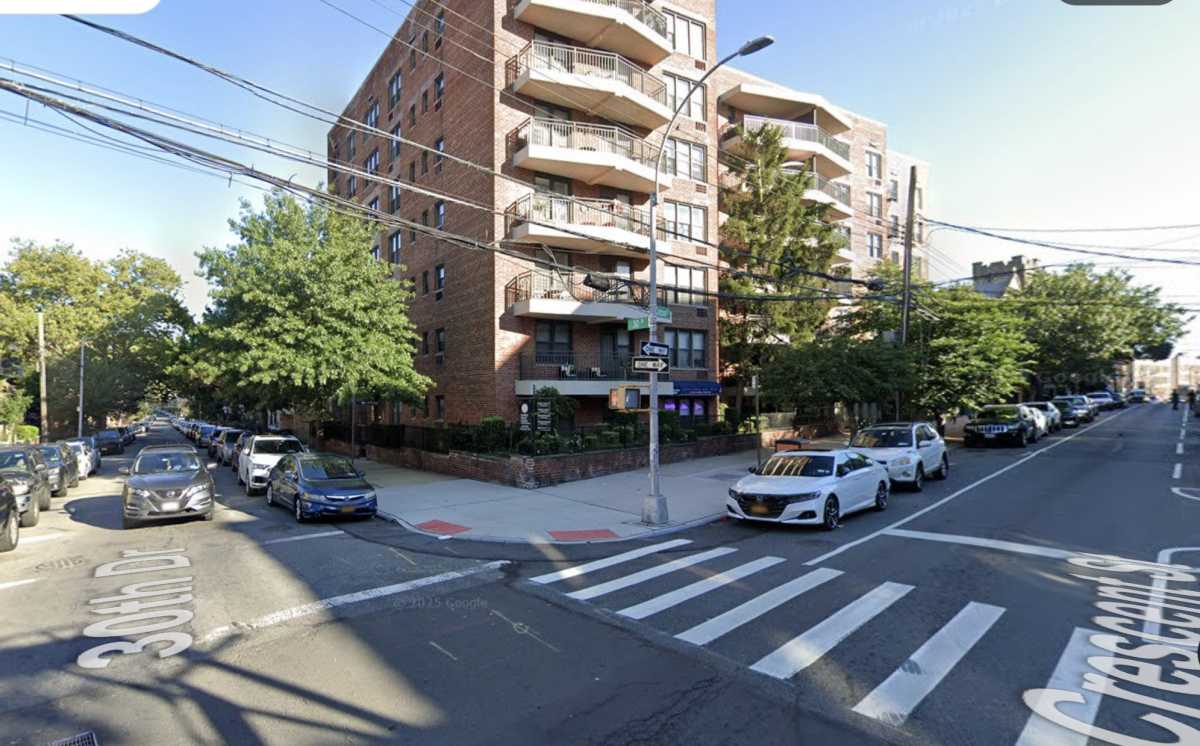The Astoria Houses has been chosen by NYCHA to take part in a pilot program to use 100 percent electric-powered vehicles with garbage removal in developments within the city’s rat mitigation zone.
Staff has been trained to operate six electric tilt trucks to supplement regular trash and recyclables pickup at high-need NYCHA complexes with the new vehicles that can carry up to 1,000 pounds of trash each trip and will enable property management staff to dedicate more time maintenance and janitorial work involving NYCHA grounds and buildings.
“NYCHA is excited to roll out its ew electric-powered tilt truck pilot, which will allow our hardworking staff to remove garbage faster and better maintain development grounds for residents,” NYCHA General Manager Vito Mustaciuolo said. “Thanks to the support from Mayor de Blasio and HUD, this new initiative will improve the quality of life for NYCHA communities, ensuring cleaner developments while reducing rat populations and limiting our fleet’s carbon emissions.”
The Astoria Houses is the only NYCHA development in Queens chosen for the tilt truck pilot program in which the agency will test the truck’s durability, the ease of maintenance while also implementing new garbage removal protocols to assist with rat infestations. NYCHA is applying dry ice abatement treatments, assigning full-time exterminators, and installing trash bins and new concrete floors as part of the city’s $32 million effort.
Since launching its Neighborhood Rat Reduction Plan, it has seen a 61 percent decrease in rat burrow sightings at the 57 participating NYCHA developments across the city.
“It is encouraging that NYCHA will purchase six electric-powered tilt trucks,” City Councilman Costa Constantinides, the Chairman of the Committee on Environmental Protection, said. “Along with expediting garbage pickup, improving cleanliness and reducing rat populations, it will also advance our efforts to electrify the city’s vehicle fleet for Astoria Houses residents, who for too long have shouldered far too many environmental burdens.”




































